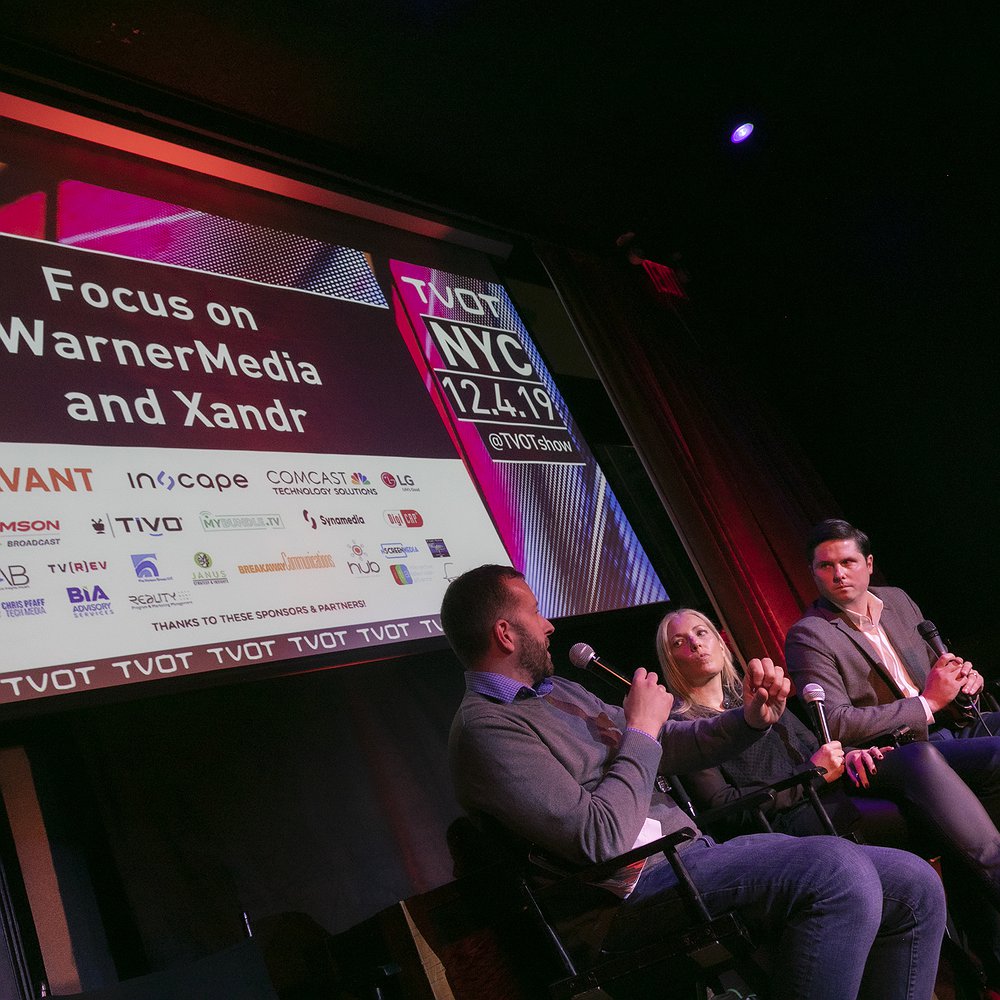In the world of media measurement, there is arguably nothing more valuable to advertisers than delivering on their KPIs. For Betsy Rella, Vice President of Data and Research for New York Interconnect (NYI), measurements based on TV and Digital audience based targeting as well as tracking attribution are the core essences of demonstrating ROI.
Where is Audience Based Marketing Now?
In the recent past, audience based marketing has been viewed as a customized opportunity for advertisers. For Rella, however, audience based marketing, “is table stakes at this point. It depends on what your goal is for your campaign. You don’t necessarily need to target a certain audience if you are at the beginning of your product cycle. But if you are further down the line and you are honing in on a specific group, then you are talking about audience based targeting. You can do that with linear, with addressable and with digital as well.”
At the current time, the state of audience based marketing depends on the platform. “With addressable we are able to deliver audience segments effectively. For digital, it depends on what you are collecting off of the tags if you can get down to that segment level. But right now we are at impressions and some of the other basic KPIs but not at segment level yet. We are working towards that and also automating that process in real time,” she explained.
Audience Based Marketing Campaigns in Action
NYI offers an expansive inventory selection from top distributors. “We rep inventory for Altice, Comcast, Charter, Direct, Dish, RCN, Blueridge and Verizon,” she noted. “For digital it is primarily Altice and other extension partners as well.”
Impressions appears to be the one benchmark metric that enables buyers and seller to link all platforms and data sources together to get a holistic view of campaign performance. But, “If we are looking in the attribution realm, we are looking at impressions and the closing reporting of sales lift,” she stated.
The proof of the value of audience based marketing is in the deliverables. NYI has conducted many campaigns across several sales categories with great success. A recent example was an Auto advertiser who used two targeting segments. “They had a significant sales lift and all segments did really well,” she revealed and added, “and that is not always the case. Sometimes one segment can do better than others. It depends. These did very well the last few quarters.”
Future Plans
There are a number of initiatives that NYI is working on for the future including real time functionality, increased frequency of reporting throughout the campaign and an enhanced dashboard. “We're moving more towards the automation of our reporting as quickly as we can,” she stated. “We hear from the clients that the campaign runs and then there is the attribution which can take a month and a half. They can’t wait. So we are trying to speed up that process. We are also trying to measure reach and frequency.” With dashboards, Rella is exploring those who can provide more granular results. Clients, “would see their overall campaign results with the with the specific API so we're trying to move more quickly with less manual work and more automation so that our people can focus more on the planning and partnership piece.”
As far as the future is concerned, “Two years from now I think everything that we're working on now will be at a completion point. We are moving more quickly, expanding inventory, making more of that shift from linear to digital and streaming, securing more inventory and increasing our reporting. It’s all about having all the processes in place so that two years from now, it will all be ready. That's the goal … along with securing those partnerships from an inventory perspective,” she concluded.
This article first appeared in www.MediaVillage.com






 The folks at
The folks at 
